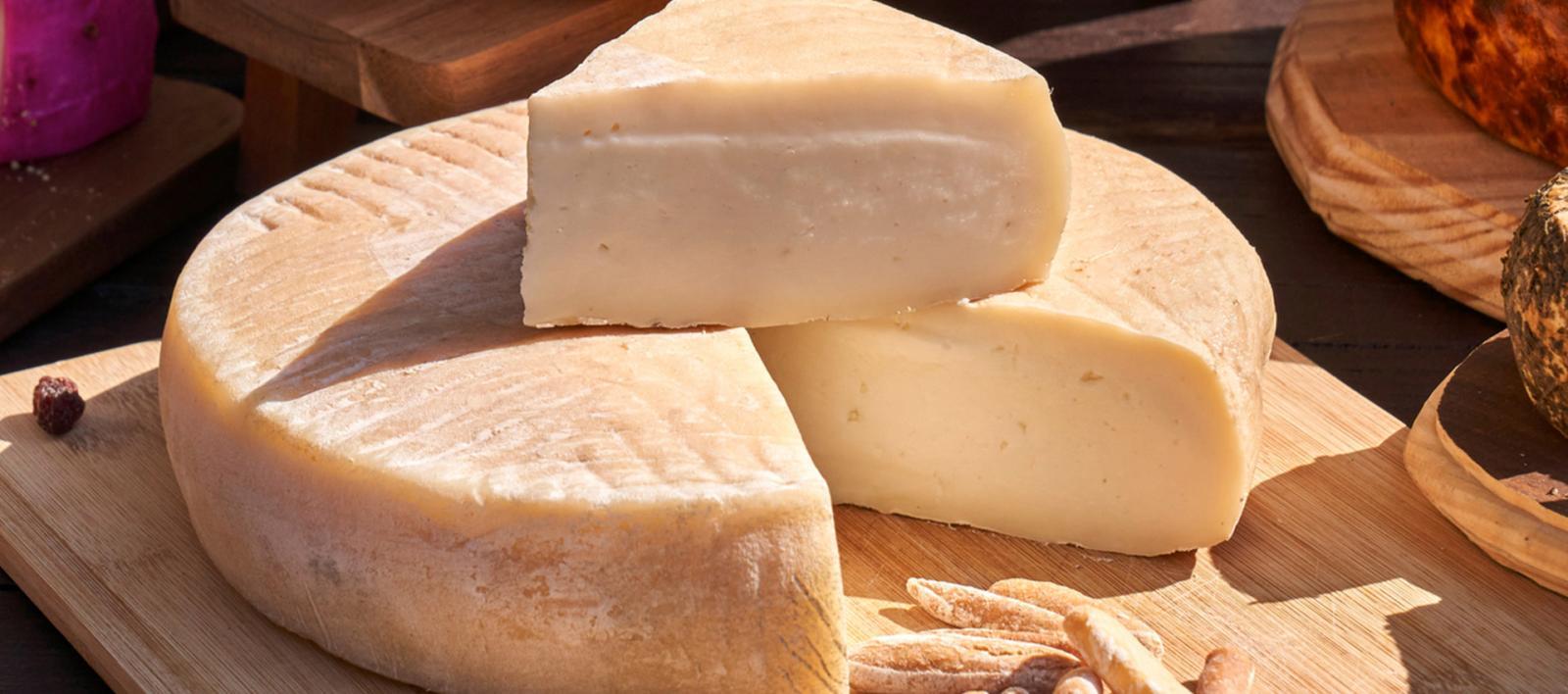BY EU STUDIO
Updated Thursday, June 9, 2022-13:35
Share on Facebook
Share on Twitter
send by email
That Gran Canaria plays in another league is known by those who have visited it.
Who has bathed in the wild paradise of Güi Güi beach.
Or who has faced the indescribable mix of emotions before the views of the Guayadeque or Fataga ravines.
The island takes over the traveler's time and soul.
Gran Canaria
bends the rush and demands of everyday life.
Perhaps this is the secret of the resistance of a trade that pales in other parts of the world.
Here life adapts to the rhythms of the territory and, therefore,
the change
persists.
This is how transhumance is called in the Guanche language of the Canarian aborigines.
In time immemorial, prior to the invention of agriculture, man coupled the presence of cattle to the rhythms of nature.
Where there was grass, there were herds of goats and sheep or herds of pigs.
Subsistence depended on weather, nature and the seasons.
This also happened in Gran Canaria.
The first shepherds set foot on the island more than 2,000 years ago and their nomadic culture has survived the various historical vicissitudes.
The
current Canarian sheep
-which brings together three native breeds- moves from the coast to the mountains according to the seasons.
In winter, look for the sea because on the coast the climate is milder and the grass grows earlier.
In summer, it heads to the mountain peaks to look for dry grass.
Flor de Guía Cheese uses vegetable rennet from the thistle flower, responsible for its intense range of flavours.
The twenty transhumant shepherds who resist on the island would be able to travel these routes with their eyes closed.
If these survivors are already a rarity, they still hide another singularity: the flower cheese.
Victory over time seems infinite in this archipelago of eight islands.
The flower cheese is produced between January and July.
Intense flavor, has a creamy texture.
When tasted, the bite melts and an aftertaste of acid touches, fresh grass or cave makes itself felt.
How do you get all that range of flavors?
The secret of this contrast is in the milk used.
If those Canarian sheep are fed with the best pastures, the result can only be the best raw material.
There are three varieties: Queso de Flor de Guía, Queso de Media Flor de Guía and Queso de Guía.
The difference between them is found in the rennet
.
The Queso de Guía uses animal rennet, while the Queso de Flor de Guía uses vegetable rennet from the thistle flower, which gives it proteolytic properties.
Or, what is the same, it gives it that creaminess that conquers the palate of everyone who tries it.
Who is going to resist an intense, animal and powerful moment?
The secret of this contrast of flavors is in the milk used.
If that sheep herd eats only the best of the best, the resulting raw material will also be the best.
The Canary Islands offer a wide variety of cheeses to the visitor.
In Fuerteventura, the Majorero variety is produced, highly appreciated for its intense flavour.
The flower cheese is produced in the municipalities of Galdar, Moya and Santa María de Guía.
In the latter, every Sunday, the shepherds and farmers of the region went to the square in front of the church to sell their products.
The tradition started many centuries ago, but
the market gained formal recognition in 1935
.
To this day, it survives
, and it is a spectacle for any palate to walk among its stalls.
Two families of transhumant shepherds maintain the tradition of flower cheese.
Always on the move, they repeat the moult up to three or four times a year.
José Mendoza and family (Cortijo de Pavón) and Cristóbal Moreno (Cortijo de Calderos)
are the mainstays of this tradition.
Luckily, the relay is already being prepared so that this culinary jewel does not stop reaching our tables.
Although the flower cheese is the story of the rescue of a tradition, the cheese universe of the Canary archipelago is immense.
It also has two more DOs: Majorero Cheese and Palmero Cheese.
The flower cheese is just a sample of what the Canary Islands have for the visitor.
The
8 islands of the archipelago offer the traveler everything
: sea, mountains and gastronomy.
The Timanfaya National Park in Lanzarote, a roast goat in El Hierro, Corralejo beach in Fuerteventura, the starry sky of La Palma, travel back in time with a walk through La Orotava in Tenerife, fall silent before the views of the viewpoint of Abrante de La Gomera, walk through the small desert of Maspalomas in Gran Canaria or swim at Lambra beach in La Graciosa
.
... Quite simply,
a life is not enough to discover the corners of this archipelago touched by a special grace
.
Nor to taste its culinary treasures.
If you want to know more curiosities about the Canary Islands, do not miss CuriosasIslas.com.
Made by UE Studio
This text has been developed by UE Studio, creative firm of branded content and content marketing of Editorial Unit, for TOURISM OF CANARY ISLANDS
Conforms to The Trust Project criteria
Know more

